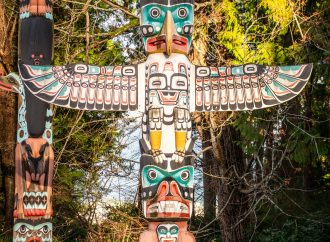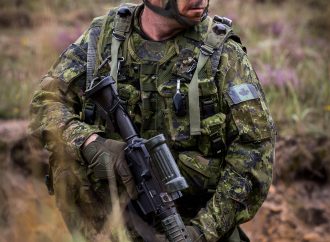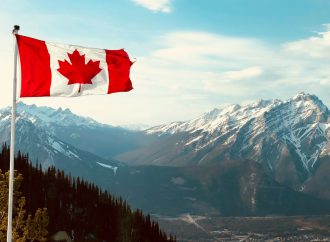In early April, 2025 I had the honour of speaking at the GCTF Workshop on Indigenous Prosperity across the Indo-Pacific, hosted by the Centre for International Policy Studies at the University of Ottawa. Representing the Faculty of Native Studies at the University of Alberta, I shared a message that has guided our work for nearly 40 years: Indigenous knowledge not only belongs in the academy, but can thrive there, especially when institutional autonomy and community partnership are kept front and centre.
It’s tempting to try to define Indigenous knowledge as a fixed set of teachings, languages, or practices located in certain places (i.e. “the land”). But the truth is, Indigenous knowledge is anything that helps Indigenous peoples flourish. And here’s the catch: we can’t always know what that will look like in advance. That’s why flexibility, humility, and accountability to Indigenous nations and communities must be built into how academic institutions engage with this knowledge.
The Faculty of Native Studies exists because of this understanding. We trace our roots to 1972, when the Indian Association of Alberta made a presentation to the University of Alberta’s Senate. Fourteen years later, in 1986, the School of Native Studies was born. Thanks to the tireless work of students, community members, allies on campus, and supportive administrators, we became a Faculty in 2006, the only dedicated Faculty of Native Studies in the northern hemisphere.
Our mandate is simple but transformative: defend Indigenous sovereignty, and teach non-Indigenous people how to work respectfully with Indigenous communities. Today, we are a multidisciplinary, Indigenous-led space, working directly with Indigenous communities to teach and research on topics and issues they identify as priorities: our languages, our histories, our governance systems, and our lands & territories, to name but a few.
The results speak for themselves. We currently serve 200 undergraduate majors and 40 graduate students (75% and 90% Indigenous, respectively). We’ve graduated over 700 students and “service teach” more than 3,000 others each year, a number that has tripled in just seven years. In a recent alumni survey, 98% of our graduates were employed, far exceeding provincial and national employment rates. Most said their degrees were very useful in their careers and expressed high satisfaction with their work.
We’ve grown in other ways too. Our faculty has expanded, anchored by four signature areas: Critical Indigenous Theory, Indigenous Sexualities and Feminisms, Indigenous Governance, and Indigenous Peoples and Place. Our massive open online course, Indigenous Canada, has attracted over 615,000 learners worldwide. And our commitment to Indigenous languages is stronger than ever, woven into course content, events, convocation ceremonies, and on-the-land learning opportunities. And we have had the great fortune to learn from the knowledge and the patience of Indigenous communities while doing so.
None of this happens in isolation. From our Canadian Indigenous Languages and Literacy Development Institute (CILLDI) partnership to our collaborations “North of 60,” our success reflects the relationships we’ve built and continue to honour.
Indigenous knowledge isn’t just something to be studied. It’s a living, breathing practice of Indigenous community engagement, responsibility, and care. And when given the space and support to flourish, it doesn’t just benefit Indigenous students and scholars, it transforms the university itself for the better.
Maarsii (“thank you”).









